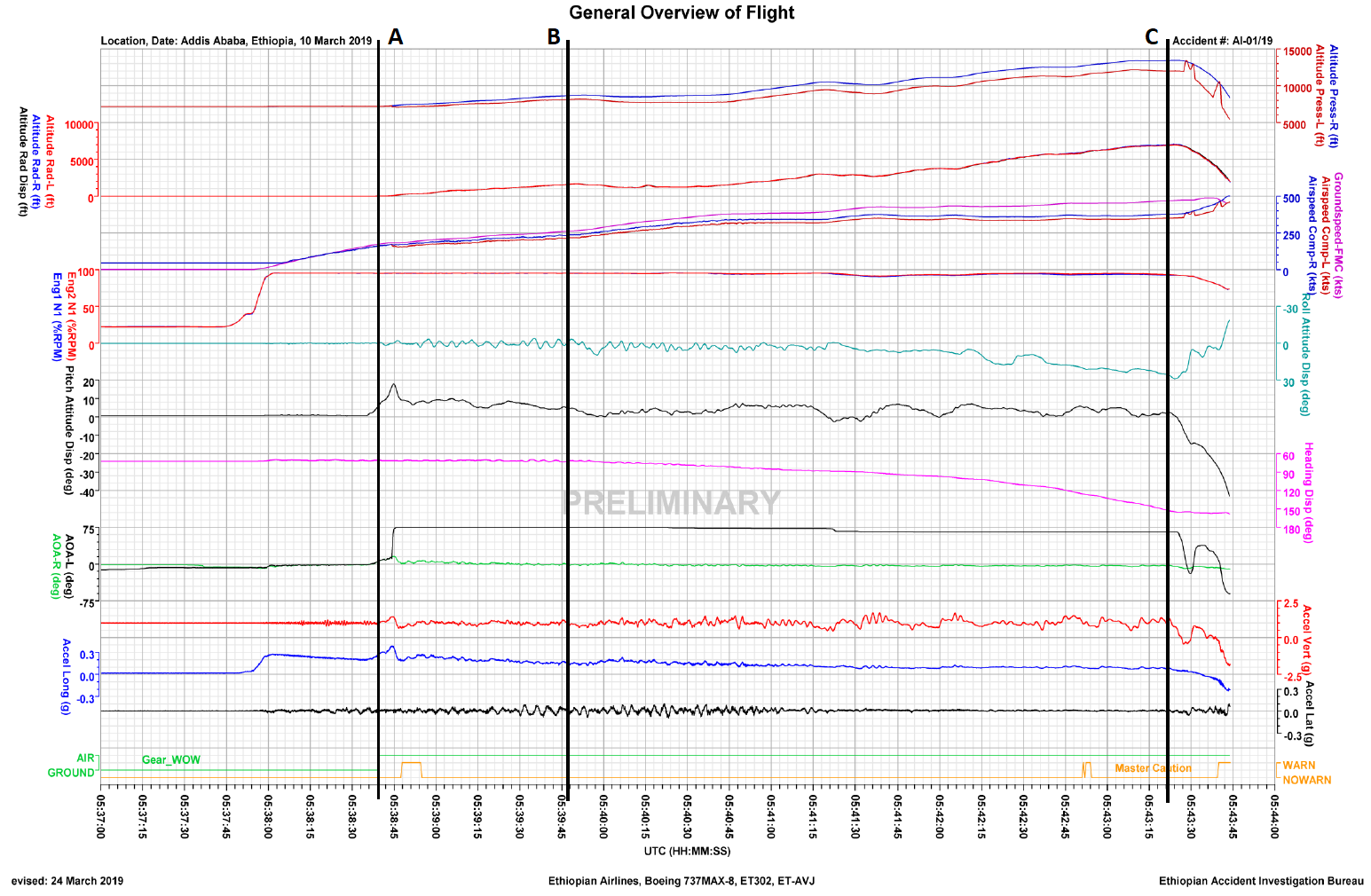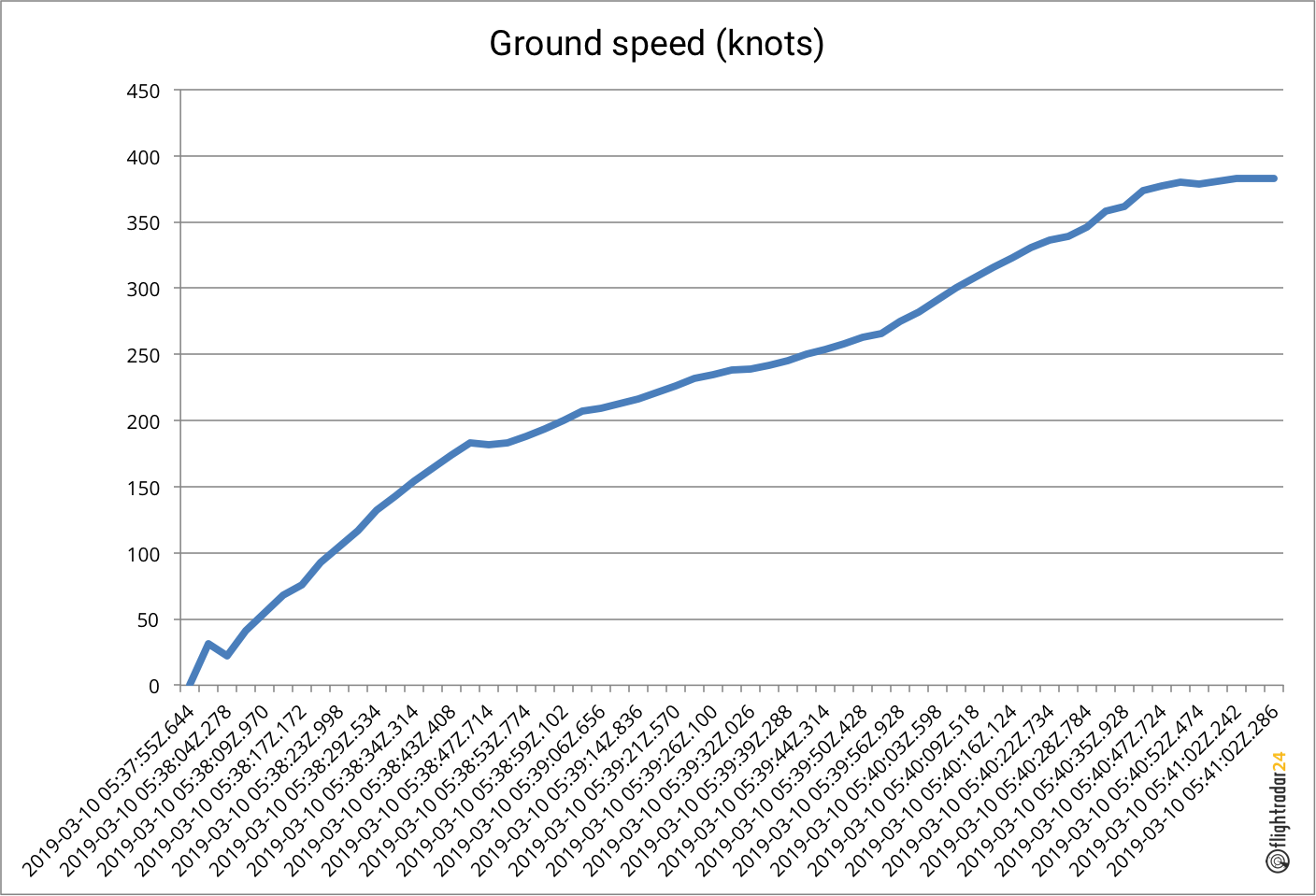Leeham News and Analysis
There's more to real news than a news release.
Leeham News and Analysis
- At long last, Boeing appears near certification and EIS for 777X
- Air India Flight 171 Preliminary Crash Report Is Unclear Regarding Pilot Actions
- Bjorn’s Corner: Air Transport’s route to 2050. Part 30.
- It’s official: MTU’s engine leader named CEO of Airbus Commercial from Jan. 1; future of Open Fan and A220-500 shifts to him
- Embraer E2: Where will the orders come from?
Delta Tech Ops 5-year goal to double revenues
#MROAM
April 9, 2019, © Leeham News: Delta Air Lines has the third largest third-party MRO company in North America and aggressively seeks to grow, in sharp contrast to its competitors.
While American and United airlines have limited their own maintenance, repair and overhaul, let alone seek third party business, Delta Tech Ops is a business unit and profit center. Delta CEO Ed Bastian said today that Tech Ops will achieve $1bn in revenues this year and has a goal of $2bn within five years.
Bastian was the lead-off speaker at the Aviation Week MRO Americas conference in Atlanta this week.
Posted on April 9, 2019 by Scott Hamilton
Airbus, Boeing, Bombardier, CFM, CSeries, Delta Air Lines, ET302, Ethiopian Airlines, JT610, Lion Air, Middle of the Market, MOM, New Midmarket Aircraft, NMA, Pratt & Whitney, Rolls-Royce
737 MAX, 737-10, 787, A220, A321NEO, A330neo, Airbus, Aviation Week MRO Americas, Boeing, Bombardier, C Series, Delta Air Lines, Ed Bastian, ET302, Ethiopian Airlines, JT610, Lion Air, New Midmarket Airplane, NMA, Rolls-Royce, Trent
Boeing stock price resilient since Lion Air accident
April 9, 2019 (c) Leeham News: Boeing stock price has been remarkably resilient since the Lion Air crash.
The 737-8 MAX was five months old and the type had been in service only since May 2017.
 It took a big hit on Oct. 29, when Lion Air JT610 crashed, closing at $357 per share.
It took a big hit on Oct. 29, when Lion Air JT610 crashed, closing at $357 per share.
By early January, the stock price not only recovered its losses, it climbed back to $440 by Feb. 25, a record high.
Read more
Posted on April 9, 2019 by Scott Hamilton
How will MAX recertification affect future airplanes?
Subscription Required
April 8, 2019, © Leeham News: The certification process and cooperation between Boeing and the US Federal Aviation Administration is under a microscope, subject to international scrutiny, a Congressional hearing, an inspector’s general investigation and another one by the Department of Justice with a Grand Jury.
What is this going to mean for future aircraft programs? And to the MAX?
Summary
- Boeing 777X certification pace becomes an unknown. Analysts believe substantially longer time possible.
- What of the certification of the MAX 7 and 10?
- MAX’s future after grounding.
- Grounding may extend into June.
Pontifications: Remembering two other mysterious 737 accidents
April 8, 2019, © Leeham News: Boeing’s corporate response to the crash of Lion Air JT610 was initially to blame the pilots of the former and defend the airplanes in that accident and the Ethiopian Airlines ET302 crash.
Neither is surprising in this world of instant lawsuits.
These actions are also in Boeing’s corporate culture.
But in a major shift in corporate tone, Boeing CEO Dennis Muilenburg last Thursday issued a video in which he said Boeing “owns” the MAX accidents. This is very un-Boeing. (It will be interesting, however, to see how Boeing’s legal team responds to the lawsuits.)
I’m reminded of the last time the 737 was involved in two mysterious crashes in which Boeing blamed the pilots in one of them. The causes of the two accidents turned out to be placed squarely on the airplane, however.
Posted on April 8, 2019 by Scott Hamilton
Boeing MAX production cut signals long grounding
- Airlines seeking interim aircraft leases of six months.
- At least one sees MAX grounding lasting until November.
- Impact to Boeing is already significant and growing.
- Impact on the NMA decision.
April 6, 2019 © Leeham News: Boeing’s decision Friday to reduce the production rate on the 737 MAX was a surprise in timing and scope.
This came so quickly and was steep, cutting production from 52 MAXes per month to 42. It comes on the heals that a second software problem was found, delaying submission of the MCAS software upgrade to the FAA for review and approval.
The production rate cut is effective in mid-April. This is lightning speed in this industry, where rate breaks, as changes are called, typically have 12-18 month lead times.
Boeing hasn’t announced what the second software problem is. LNA is told it is the interface between the MCAS upgrade and the Flight Control System, but specifics are lacking.
LNA interprets these combined events as indicative the MAX will be ground well past the Paris Air Show in June.
The impact to Boeing is going to be huge: customer compensation, deferred revenue, lost revenue, potentially canceled orders and potential lost orders in sales campaigns. The hit to the Boeing brand and impacts of multiple investigations won’t become clear for months to come.
Posted on April 6, 2019 by Scott Hamilton
Bjorn’s Corner: ET302 crash report, the first analysis
April 05, 2019, ©. Leeham News: The preliminary accident report of the ET302 crash was released yesterday. It confirmed what we wrote about earlier in the week, the pilots followed the prescribed procedure to stop MCAS. Yet they didn’t make it.
Part of why we presented Wednesday. Here follows additional analysis after studying the information in the Preliminary Crash Report.
Posted on April 5, 2019 by Bjorn Fehrm
Ethiopia issues preliminary report of ET302 accident
April 4, 2019: Ethiopian aviation crash investigators today issued the preliminary report into the Ethiopian Airlines ET302 crash.
The report may be downloaded here: Preliminary Report B737-8 MAX (ET-AVJ).
LNA will have a report on the finding today or tomorrow.
Posted on April 4, 2019 by Scott Hamilton
ET302 used the Cut-Out switches to stop MCAS
By Bjorn Fehrm
Note: The article offered a Video as an example of the effects of not trimming to neutral before hitting Cut-Off. After reviewing the effects of the video in the context of the article, MentourPilot decided we should leave the text but not include the video any longer. MentourPilot’s YouTube channel is an independent initiative to offer the public correct and positive information of all the work which is behind their safe travel in the skies. In the sensitive situation of an ongoing investigation of the crash of ET302, where not all facts are on the table, he concluded after discussing the impression the video left with a colleague, it was not in line with his intent of setting up the channel. In the haste of the change we took this as his company not wanting the video aired, it was not. As facts in the ET302 case comes forward we will discuss with MentourPilot if this situation changes.
April 03, 2019, © Leeham News: The crew of Ethiopian Airlines ET302, which crashed with 157 people on board, used the prescribed Stabilator Trim Cut-Out switches to stop MCAS, according to an article by Wall Street Journal today. Yet still, they crashed. We’ve had the information this could indeed be the case for several days, but we didn’t want to speculate in such a sensitive matter.
The Wall Street article cites information coming from the investigation. By it, we can now reveal how it’s possible the aircraft can crash despite using the Cut-Out switches. To verify, we ran it all in a simulator together with MentourPilot Youtube channel over the last days.
Posted on April 3, 2019 by Bjorn Fehrm
Returning the MAX to service
Subscription Required
Introduction
 April 1, 2019, © Leeham News: Returning the Boeing 737 MAX to services following its grounding should reasonably be a straight-forward affair, if past groundings were examples.
April 1, 2019, © Leeham News: Returning the Boeing 737 MAX to services following its grounding should reasonably be a straight-forward affair, if past groundings were examples.
But, to mix a metaphor, there are plenty of unchartered waters with this grounding that stand ready to complicate matters.
Bloomberg reported Saturday that Europe’s FAA equivalent, EASA, skipped last week’s Boeing meeting of 200 pilots and regulators.
Summary:
- US FAA is no longer the leader or gold standard.
- EASA, Transport Canada want their own reviews.
- China, the first to ground the MAX, also suspended plane-by-plane certification.
Posted on April 1, 2019 by Scott Hamilton
Pontifications: I don’t know what to make of this
April 1, 2019, © Leeham News: One can’t help but think, a lot, about the two Boeing 737 MAX crashes and the facts that Boeing created the system, linked it to one sensor, not two, didn’t tell the airlines pilots about it, didn’t include it in pilot manuals, didn’t have a safety alert system as standard equipment, initially blamed the Lion Air pilots and reportedly lobbied Donald Trump not to ground the airplanes.
But my thoughts haven’t stopped here.
Posted on April 1, 2019 by Scott Hamilton







